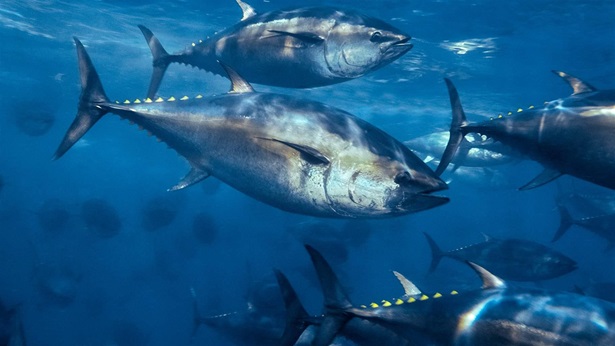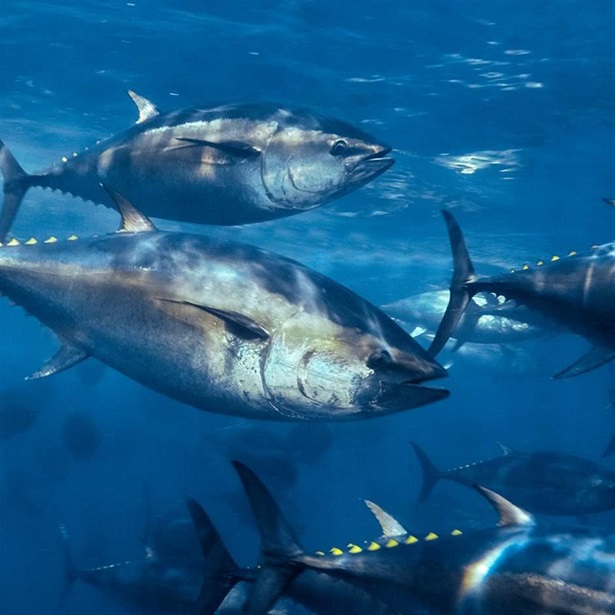Pacific Fisheries Must Modernize Management of Key Tuna Species
Harvest strategies in the western and central Pacific are long overdue
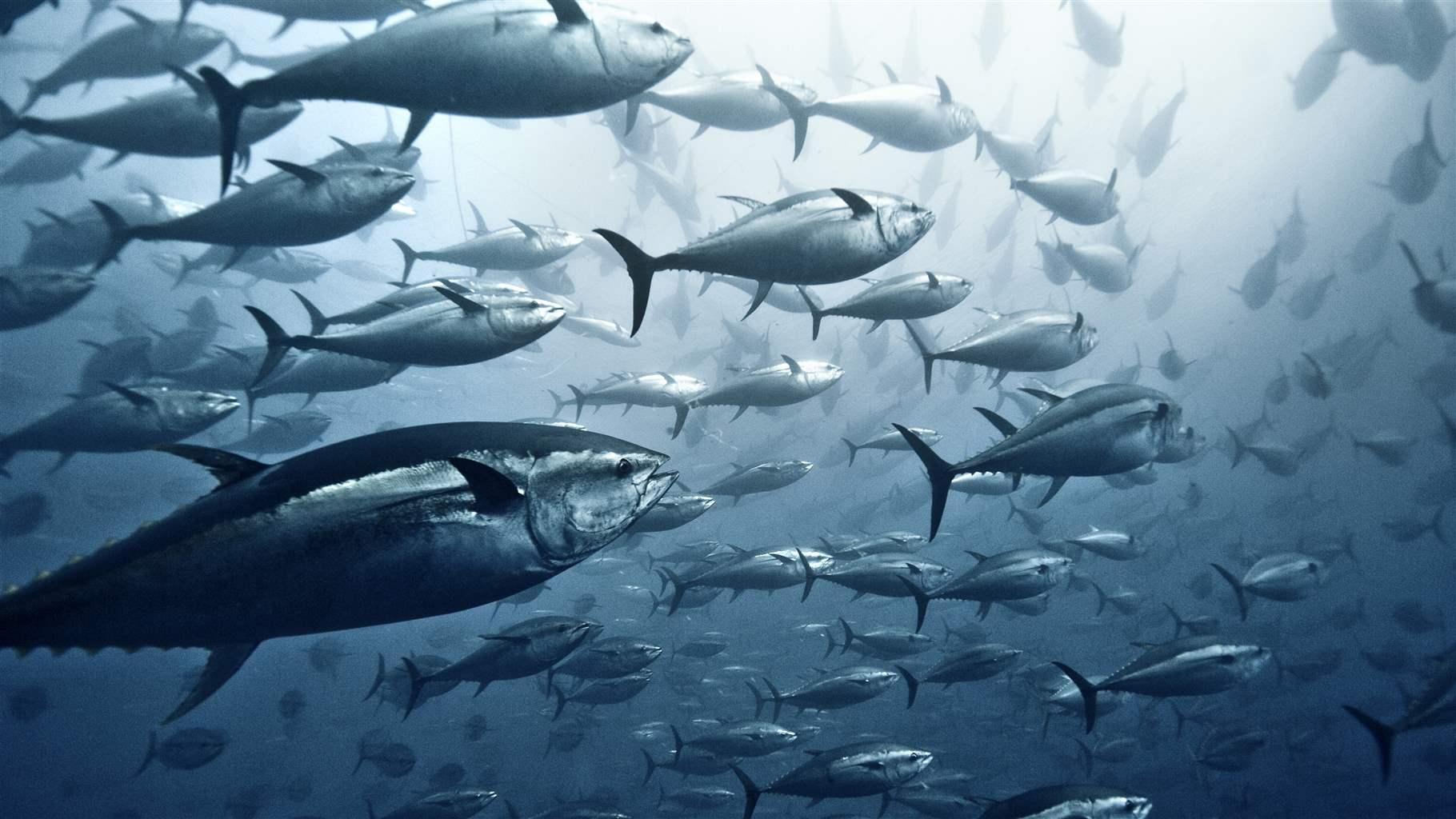
When the Western and Central Pacific Fisheries Commission (WCPFC) comes together virtually for its annual meeting 1-7 December, member countries need to take stock of how far they still need to go to modernize management of tuna.
Seven years ago, member countries participating in the world’s largest tuna fishery agreed to implement harvest strategies for skipjack and north Pacific albacore stocks. These are pre-agreed frameworks for making fisheries management decisions, such as setting catch limits. They are akin to setting the rules before vessels go fishing, and they shift the perspective from short-term, reactive decision-making to a longer-term vision and set of objectives. The result is better for the fish, for industries, and for countries that rely on healthy fish populations, a fact acknowledged by both WCPFC and market stakeholders. WCPFC once led in these efforts, but now it has fallen behind all other tuna regional fisheries management organizations (RFMOs), as it has failed to get even a harvest control rule (HCR) in place. HCRs, the operational component of a harvest strategy, are pre-agreed guidelines that determine how much fishing can take place based on indicators of the targeted stock’s status. The other four tuna RFMOs managing resources in the Atlantic, Indian, eastern Pacific, and Southern oceans have all developed HCRs for at least one of their stocks, while WCPFC has revised its workplan to delay time frames again and again.
Now, the Marine Stewardship Council (MSC)—which allows seafood that meets its sustainability standard to be sold with its blue label—is warning that 22 fisheries may lose their certification if WCPFC cannot complete its workplans related to harvest strategies and harvest control rules by December 2022. Other market players have recently called for urgent adoption of modernized management measures. At its annual meeting, WCPFC must agree on steps to accelerate adoption of harvest strategies, or risk losing the label and confidence in its ability to manage.
First, WCPFC must commit itself to setting real deadlines to adopt a skipjack and north Pacific albacore harvest strategy in 2022. Significant technical and scientific progress has been made, particularly on the work to develop a harvest strategy for skipjack tuna, which makes up the largest fishery annually by tonnage of catch, and for north Pacific albacore. Additionally, the simulation testing (via Management Strategy Evaluation, or MSE) of options for a north Pacific albacore harvest strategy is already finished, meaning all that remains is for managers to discuss their preferred harvest strategy option. As such, WCPFC should request its Northern Committee to schedule an intersessional stakeholder meeting to advise on winnowing the options for adoption of a north Pacific albacore harvest strategy for December 2022’s meeting.
Next, WCPFC must create a dialogue group to enable scientists and managers to engage in the focused discussions on key topics, such as management objectives, in order to achieve progress on harvest strategies outside the contentious agenda of the Commission’s annual sessions. Scheduling that dialogue meeting in August 2022 would provide time for all members to carefully review any recommendations before decisions have to be made at the annual meeting in December 2022.
Finally, WCPFC must focus more attention on Pacific bluefin, which is subject to a long-term rebuilding plan. While it is the most valuable fish on the planet, Pacific bluefin is still heavily depleted; the latest scientific assessment estimated that, despite small increases, levels are currently at about 5% of its historic population size. Four years ago, WCPFC agreed to develop a harvest strategy for Pacific bluefin that would include pre-agreed management objectives, a monitoring program, harvest control rules to automatically adjust fishing opportunities and testing of the performance of potential strategies using MSE. Instead of making progress on the MSE, however, managers have been debating whether to increase annual catch limits. This year, it’s critical that the Commission honor previous commitments and recommend the MSE be initiated to develop a long-term, fully tested harvest strategy for Pacific bluefin by 2024.
This December, WCPFC has the chance to re-establish itself as a leader on harvest strategies for tuna management. If member governments commit to key intersessional discussion next year, the Commission will be in the position to adopt at least its first two MSE-tested harvest strategies by the end of 2022, which would be a huge step towards modernizing management of the world’s largest tuna fishery.
Glen Holmes works on The Pew Charitable Trusts’ international fisheries project.


America’s Overdose Crisis
Sign up for our five-email course explaining the overdose crisis in America, the state of treatment access, and ways to improve care
Sign up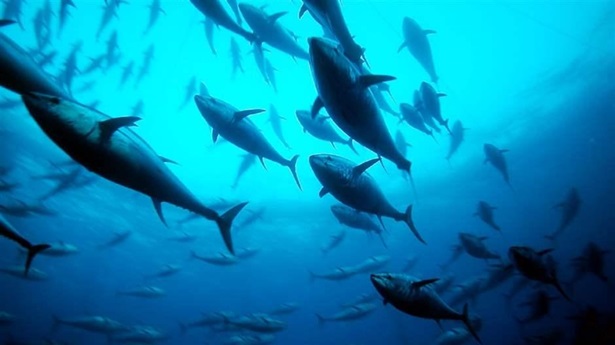
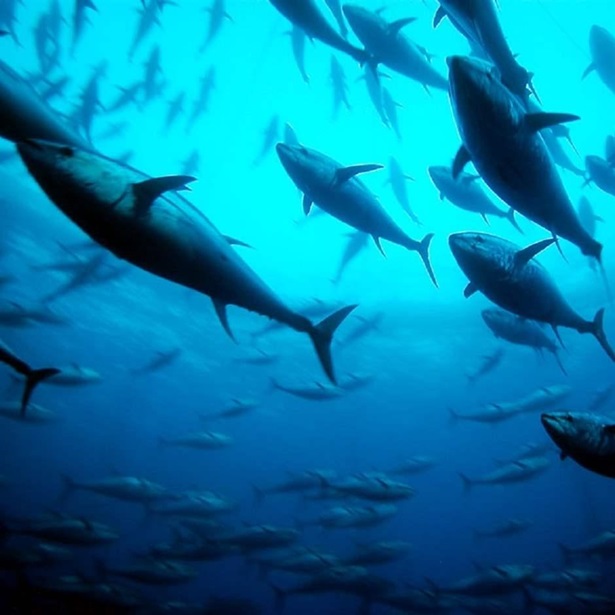
Global Fishing Stakeholders Call for Harvest Strategies
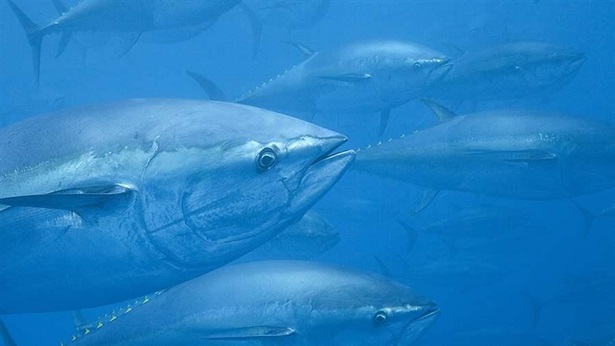
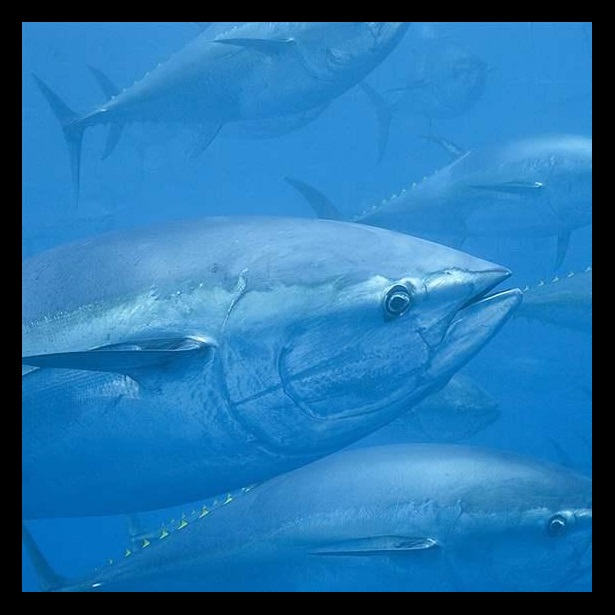
Harvest Strategies
